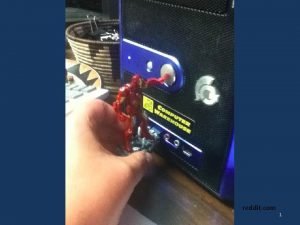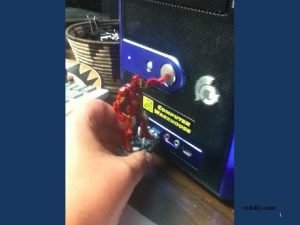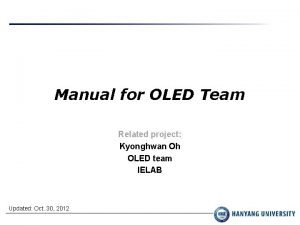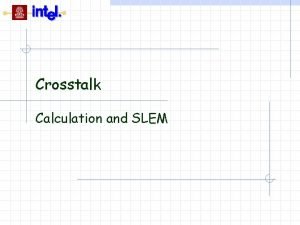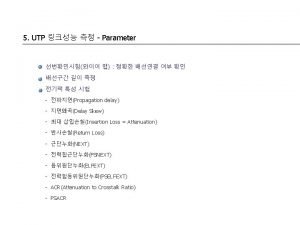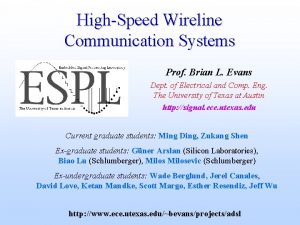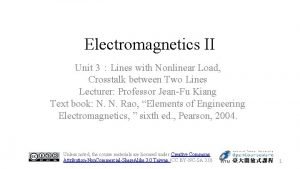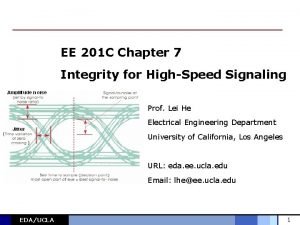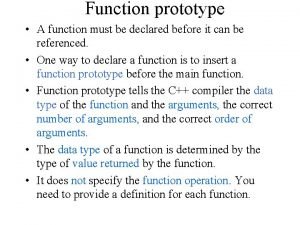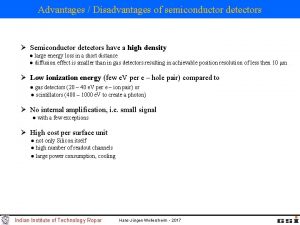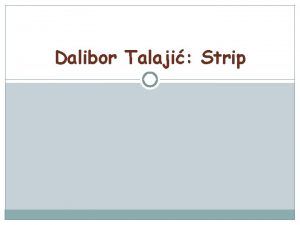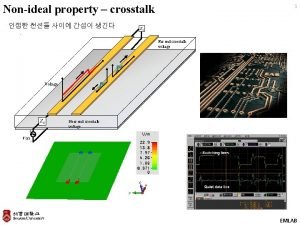Prototype Detector Performance Analysis Strip Staggering and Crosstalk










- Slides: 10

Prototype Detector Performance Analysis: Strip Staggering and Crosstalk Rick Salcido, Steve Boona, Nina Scurti Northern Illinois University CALICE Analysis Meeting 10 Nov 2008 1

Calibration The strips of the TCMT were staggered by ½ of a strip width for the experiments conducted at CERN in 2007. Modifications to the analysis software were necessary to account for this staggering. Calibration of the 320 strips using Minimum Ionizing Particles (MIPs) was completed via statistical analysis in ROOT. 2

Illustration of the different strip orientations with sample particle paths drawn 3

Samples of pre-calibration (top) and postcalibration (bottom) energy distributions 4

Attenuation The light generated in the scintillating strips travels through wavelengthshifting optical fibers to silicon photomultipliers (Si. PMs), where the signal is read out. The attenuation of the optical signal per 1 m of fiber was found to be approximately 10%. The width of the energy distributions as a function of layer was also studied. 5

Comparison of the mean width of each strip’s energy distribution as a function of layer 6

Crosstalk The prevalence of crosstalk between scintillating strips was studied by looking for correlated signals in adjacent strips during muon events. An analysis technique was developed for extracting these correlations with a preliminary result of approximately 4. 5%. Comparisons to Monte Carlo (MC) events were performed. 7

Sample profile plot of normalized signals in adjacent strips for muon events 8

Two attempts to recreate the observed 4. 5% crosstalk effect in 10 Ge. V MC muon events 9

Thank You • See you next week in Chicago at LCWS! 10
